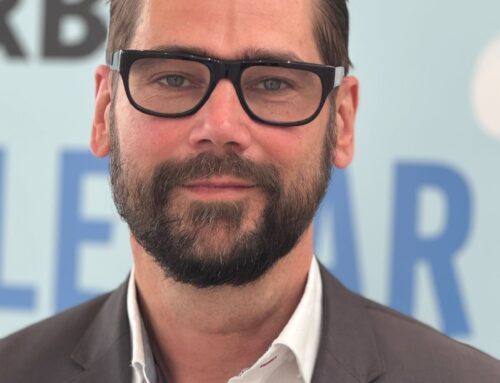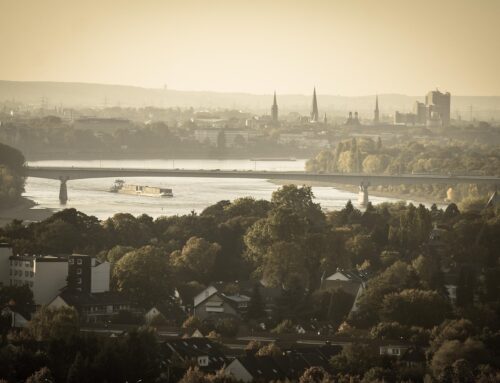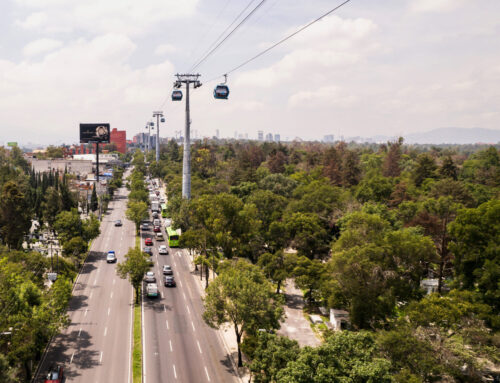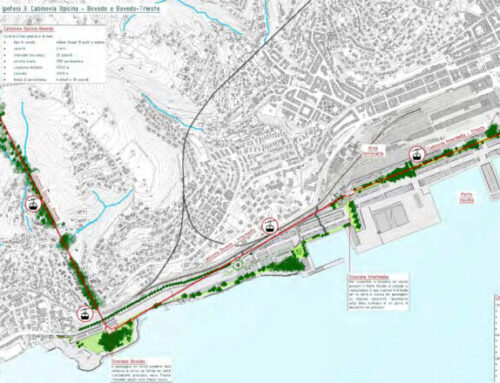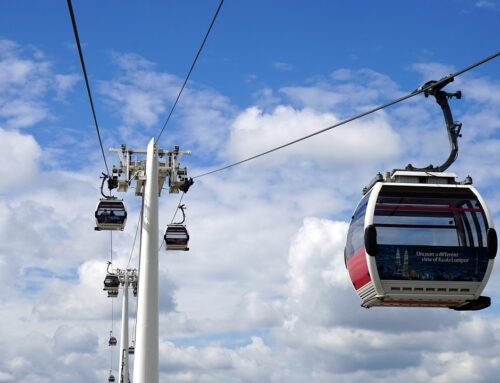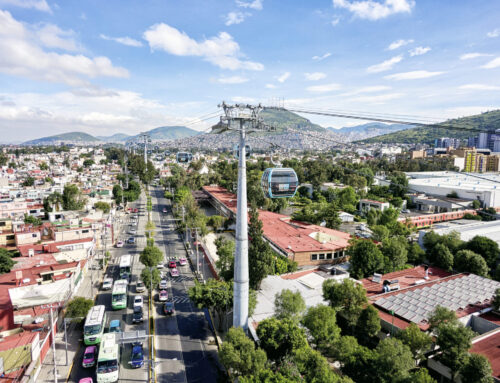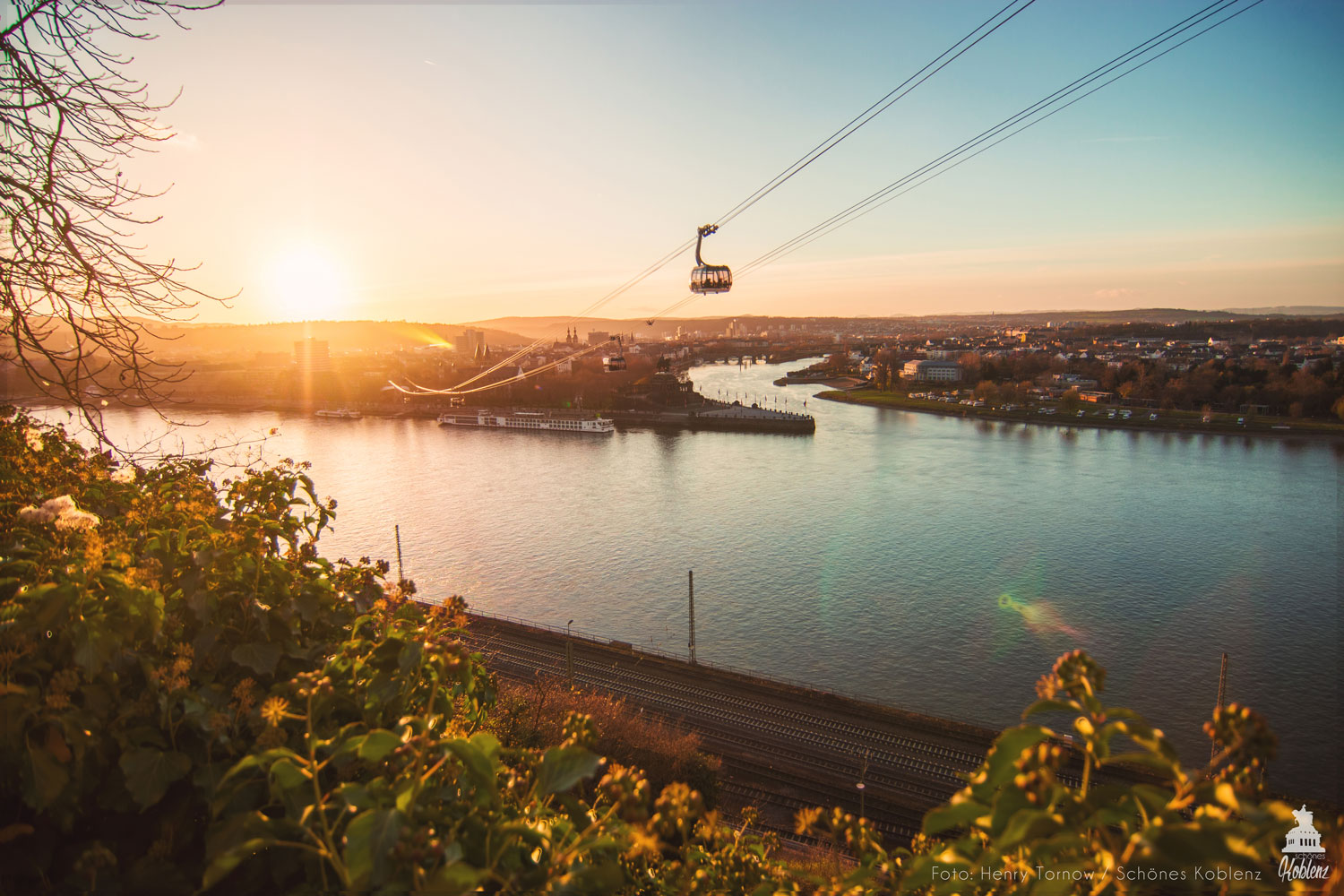
SI-Urban
Master plan and amendment
One of the greatest challenges currently facing urban areas is the mobility revolution. In the future, more and more people are to be transported in the most climate-friendly way possible.
This requires targeted planning steps and new technically successful systems. These should support existing transport systems and thus ensure mobility in cities in the long term. The Ministry of Transport sees great potential in the ropeway transport system. For this reason, the approval procedure for this transport system is now to be simplified in North Rhine-Westphalia. To this end, the Cableway Act is being renewed.
There are already several successful examples of urban ropeways around the world that have been seamlessly integrated into the existing transport concept. La Paz, Mexico City and Tokyo are just a few examples. In Germany, too, the cable-drawn system is already being discussed in many places. Essen, Cologne, Bonn and Oberhausen, among others, have shown interest in the system.
Why should traffic be roped in?
Ropeways score points in urban areas primarily because of their low-vibration, low-noise and continuous transport. This means that large groups of people can be transported sustainably. Especially the much-discussed “last mile” could be well served by the system. With a well thought-out routing, the cable car can be used, among other things, as a feeder for existing suburban and underground railway systems.
In North Rhine-Westphalia, the Cableway Act regulates the planning as well as the construction and operation of the transport system. With the amendment, this law will be adapted to the applicable EU law. In this way, the entire procedure is to be made less bureaucratic. For Oberhausen, this could already be advantageous for the “Neue Mitte 4.0” project. In the course of this project, a unique city district is to be created.
A modern district is to be created through hotels, flats, commercial space and skilful planning work. City planners want to create a living structural change here. Streets are to be removed and replaced by green open spaces. One focus of this scheme, in addition to housing, is of course mobility. At present, the area is still difficult to access, but by efficiently directing traffic flows, it is hoped to be able to regulate this in a sustainable way.
But the “Neue Mitte 4.0” master plan also needs new public transport services, and Planning Director Ralf Güldenzopf is thinking about connections by suburban and regional railway. An extension of tram line 105 would also be conceivable for him. But new systems such as the urban cable car should not be categorically ruled out, says the expert. Because an innovative district also needs an innovative connection. Since only a few cable car projects are currently in operation, Oberhausen wants to attend the “Cable Car World” to exchange ideas with experts in the field.
The event is a mixture of congress and trade fair and aims to provide municipalities and planners with everything they need to know about urban cable cars. The focus of the ropeway fair in Essen is on personal exchange.


